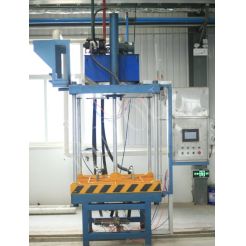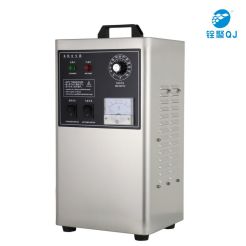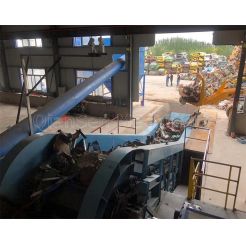Hot rolling pipe mill production line
Hot rolling pipe mill production line
Product Description
Hot rolling mill production line for seamless steel pipe
A hot rolling pipe mill production line is a manufacturing facility designed for the production of seamless steel pipes through the hot rolling process. It typically consists of several key components, including a billet heating furnace, piercing mill, elongator, sizing mill, cooling bed, and cut-off machine. The unique feature of this production line is its ability to produce high-quality, seamless steel pipes by heating and shaping steel billets at extremely high temperatures. These pipes find applications in various industries, such as oil and gas, automotive, construction, and manufacturing, due to their strength, durability, and reliability.

There are generally three main deformation processes in the production of hot-rolled seamless steel pipes: piercing, pipe rolling, and sizing and reducing. Each of these processes serves specific objectives and has distinct requirements:
-
Piercing:
- Process Objective: The piercing process is the initial step in creating a seamless steel pipe from a solid billet or hollow shell. The main objective is to form a hollow cavity within the billet.
- Requirements:
- High temperature: The steel billet is heated to a suitable temperature to make it malleable.
- Piercing tools: Specialized tools, such as a mandrel or a piercer point, are used to create the initial hole.
- Consistency: The hole must be created with precision and maintain a uniform diameter to ensure the seamless pipe's quality.
-
Pipe Rolling:
- Process Objective: After piercing, the pipe rolling process elongates and shapes the hollow billet into a cylindrical pipe with the desired diameter and wall thickness.
- Requirements:
- Reduction of diameter: The billet is passed through a series of rolls that gradually reduce its diameter while increasing its length.
- Temperature control: The steel must be maintained at an elevated temperature to allow for plastic deformation.
- Uniformity: The rolling process should ensure uniform wall thickness and dimensions along the length of the pipe.
- Mechanical properties: Control of the material's mechanical properties, such as tensile strength and toughness, is essential.
-
Sizing and Reducing:
- Process Objective: In this final step, the hot-rolled pipe is further sized and reduced to achieve its precise dimensions, roundness, and surface finish.
- Requirements:
- Dimensional accuracy: The pipe must meet specific size and roundness criteria according to industry standards.
- Surface finish: The pipe's exterior should have a smooth surface, free from defects or irregularities.
- Straightness: The pipe should be straightened to meet straightness requirements.
- Final inspection: This process may include non-destructive testing and visual inspection to ensure the pipe's quality.







